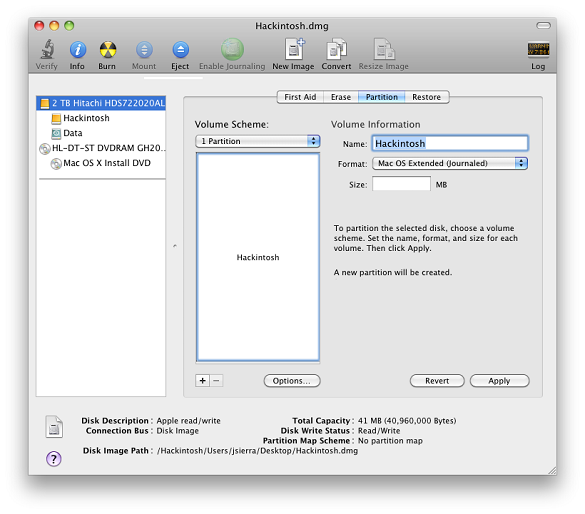

At least 80 GB of free hard drive space.

Make sure your computer meets these requirements:.If you see a "Create a Windows 10 or later install disk" checkbox, your Mac supports this feature. To determine if your Mac supports this feature, open Boot Camp Assistant (Go > Utilities > Boot Camp Assistant), and then click Continue.Determine whether your computer can run Windows 10 refer to Apple's System requirements to install Windows on your Mac using Boot Camp.If you don't have access to the online guide via a different device, print a copy of the Boot Camp Installation & Setup Guide.If your computer cannot run macOS High Sierra version 10.13.x or newer, you will need to follow Apple's Boot Camp Help: Install Windows on your Mac. This guide is written for macOS Big Sur, version 11.x or newer.Once it's done, unmount the USB drive (right-click and select Eject) from the desktop. Boot Camp Assistant will create the bootable Windows 10 USB.Select the Windows 10 ISO image from Mac's internal storage and select Continue.Select Continue, and check the option to Create a Windows 10 or later install disk.Go to Finder > Applications > Utilities and launch Boot Camp Assistant.To create a bootable Windows disk using BootCamp: You will also need a 16GB USB disk, alongside the Windows ISO file for this method. Note: You can't use Boot Camp Assistant on Macs with Apple M1 chips. You can also choose to install additional Windows support software, which will be helpful if you are planning to use the bootable disk to install Windows on your Mac. This is an easy method and requires no additional software to be installed. If you have a Mac with an Intel processor, you can also use BootCamp Assistant to create a bootable Windows installation USB disk. Method 2: Create a Bootable USB Disk Using BootCamp Assistant


 0 kommentar(er)
0 kommentar(er)
